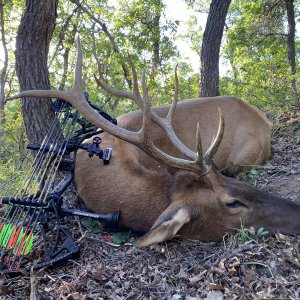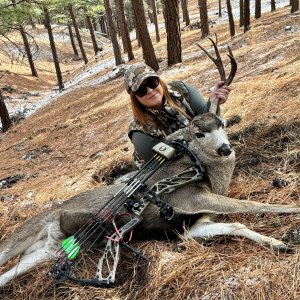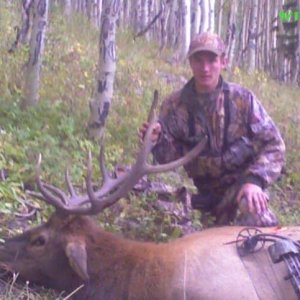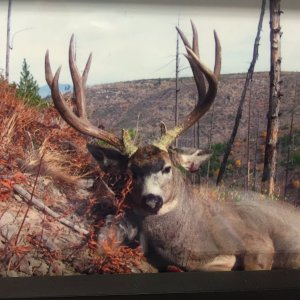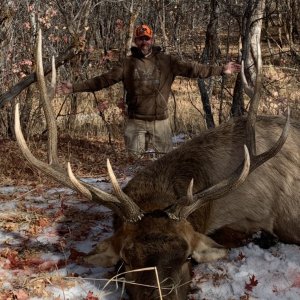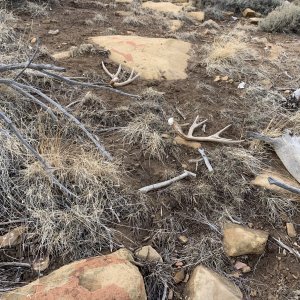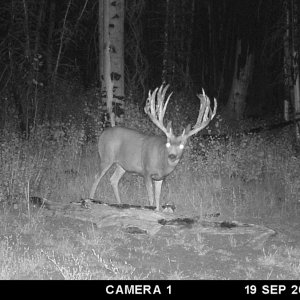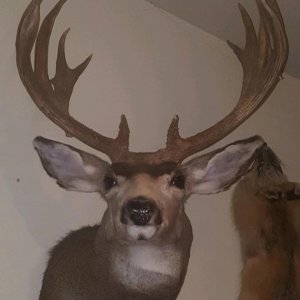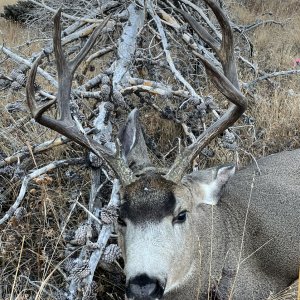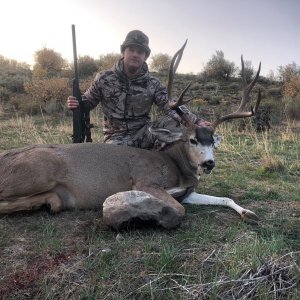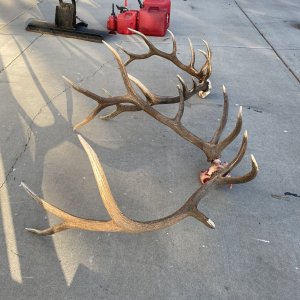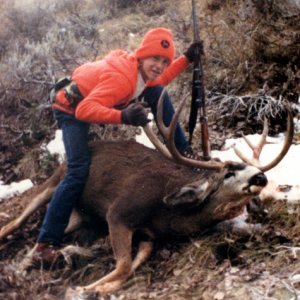I think its important to understand that the management objectives on each elk unit came as a result of collaboration between a number of entities-- eg-- Cattlemen, woolgrowers, BLM, FS, other state agencies as well as the DWR. The DWR must, by law, do whatever is necessary to keep the elk numbers on each unit at the objective numbers on a post season basis. Much of the problem lies in the DWR having to count elk that reside on private lands that are unhuntable by public hunters. The Wasatch units are a good example of that problem. When the DWR issues antlerless tags that seem way too high, sometimes its is because the only way that they can obey the law and keep herds numbers at objective is too kill most of the animals on the public areas. Animals on the private areas sometimes account for an inordinate percentage of the allowed number of elk on any one unit. In my opinion the state needs to give the DWR some latitude in their elk counts. If there are 200 elk on private lands that are not available for public hunting on any one particular unit-- those animals should not be counted in the objective numbers population. If the private landowners want animals removed then they should allow tagholders to access their properties. For the most part though, it seems that most private land owners like the elk being on their property and are able to derive some income(trespass fee etc) and/or if a family member or friend draws an LE tag they essentially enjoy a private hunt. I personally don't have any problem with private landowners doing what they want to do on their own land but I don't think that the animals that reside there should be included in the population /objective management numbers. The best way to help some of theses units out is to get your legislator to get the laws changed in regards to this.
For example, on some units, when you put into draw out for a tag, instead of drawing out to hunt a population of 2000 elk, you are really only able to hunt 1700. I think the law should change...and only count public land animals that are accessible to hunters during the hunting seasons.
For example, on some units, when you put into draw out for a tag, instead of drawing out to hunt a population of 2000 elk, you are really only able to hunt 1700. I think the law should change...and only count public land animals that are accessible to hunters during the hunting seasons.

